The B-horror genre is generally linked with small-time, beginner filmmakers due to an abundance of low-budget, indie slasher films created over the decades. However, this is not totally true; many of the most well-known personalities in horror filmmaking were originally involved in a number of low-budget films that were quite good. Because some of these films were TV movies and others had poor marketing techniques, the majority of them remained unknown to horror enthusiasts.
This list includes a number of underappreciated horror films directed by notable filmmakers that you should give a second shot.
The House of Clocks (1989) by Lucio Fulci
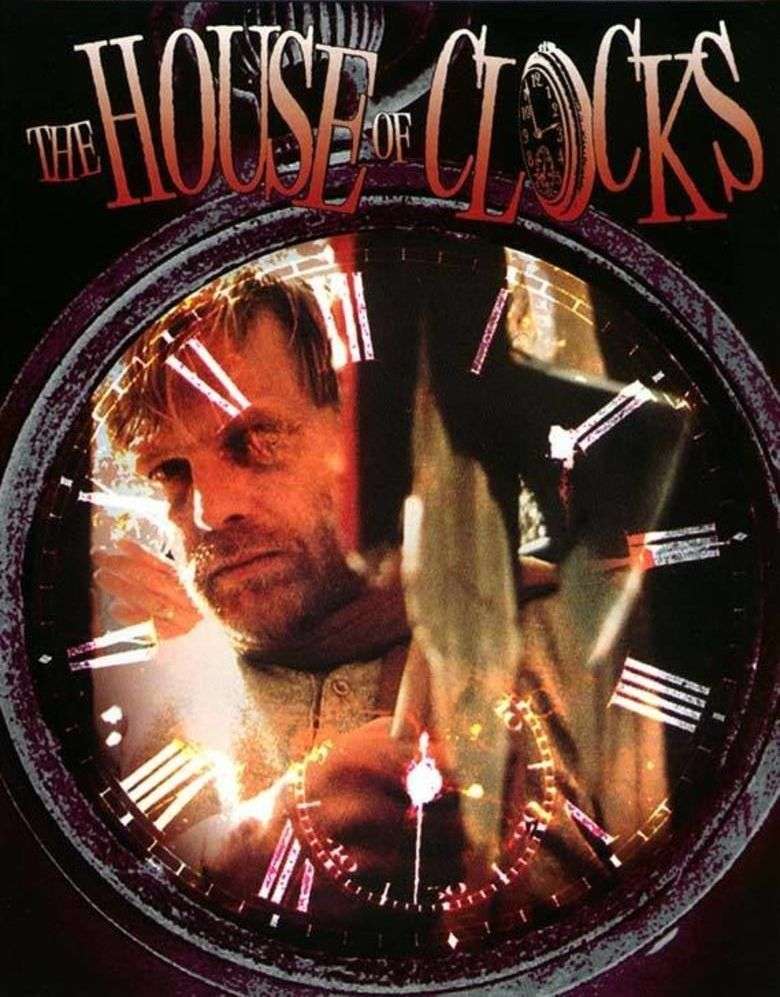
A band of young punks steal into the home of a wealthy, elderly couple, torment them, and then murder them. All of the home clocks start going backwards at the same time, indicating that the punks are in for a rude awakening.
This Italian television film, directed by Lucio Fulci, is part of the Houses of Doom series. He tells an unexpectedly bizarre story that creates a fantastic mood. The ridiculousness of the plot increases as the clocks begin to turn backward. It provides Fulci with many possibilities to include a few comedic moments in the picture.
Despite being made for a cable production, it contains plenty of gory effects that are all nasty and have typical Fulci written all over them. Although his past works have been based on creating the most bloodshed onscreen, this movie allows the storyline and characters to lead them throughout.
Terminal Invasion (2002) by Sean S. Cunningham
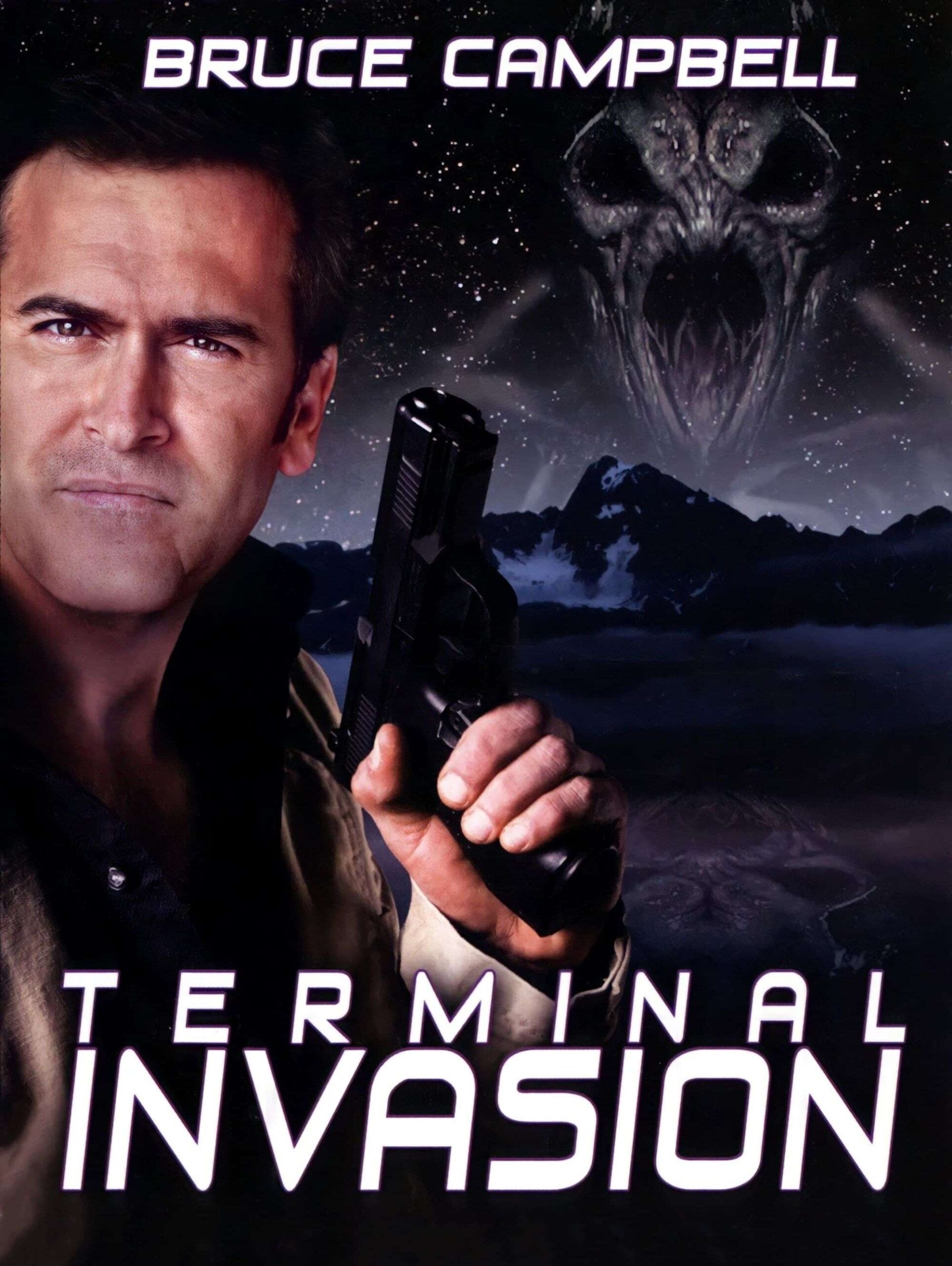
While bringing a criminal named Jack to death row on a rainy night, the officers are involved in a car accident near a private airfield. They take him to the airport, where they discover all of the passengers disputing with Cathy Garrett, the pilot, who refuses to fly in terrible weather.
As Jack begs to use the restroom, an officer escorting him is attacked by a preacher. Jack murders him and his body vanishes in an instant. After returning to the lobby, Jack accidently shoots a passenger, but she doesn’t vanish until she’s shot in the head. While confined in the airport on a rainy night, the survivors quickly come to a terrible conclusion and don’t know who to trust.
Sean Cunningham created an intriguing sci-fi horror film with a brisk plot and a handful of surprises. It has well-choreographed, fast-paced action sequences and an innovative storyline. Despite being a low budget television film shot in limited locations, it showcases decent special effects and good performances by Bruce Campbell and Chase Masterson.
Cunningham, who also directed the original Friday the 13th, does not show too much of the “creature” onscreen. It adds to the movie’s thrill, suspense, and keeps viewers at the edge of their seats. It has a fantastic delivery of dialogues and its fair share of humour incorporated.
It’s great, well-written story evokes the paranoia found in some of the best 1950s science fiction films. Overall, this film is an underappreciated treasure that needs a little more attention than it currently receives.
The Ogre (1989) by Lamberto Bava
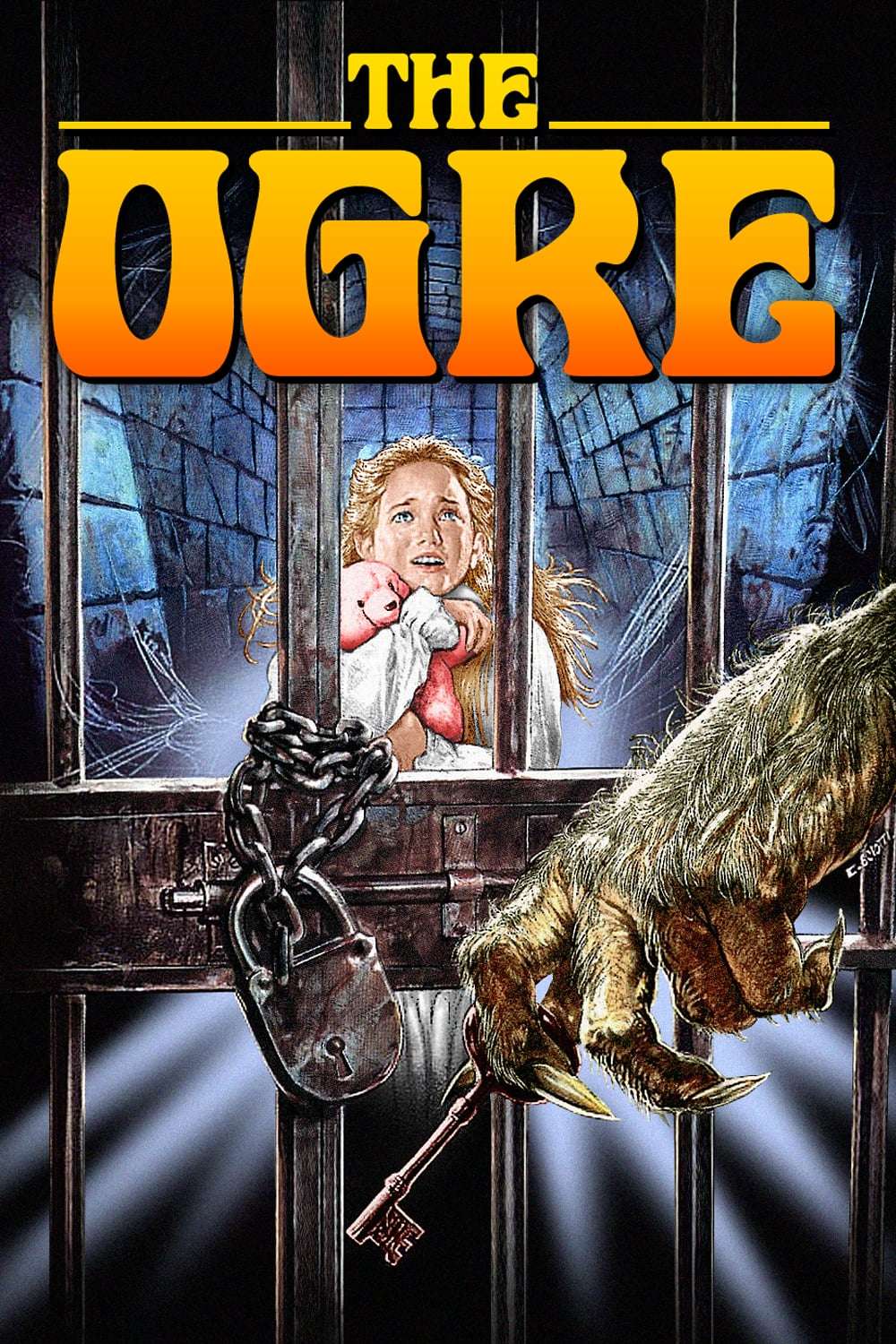
Cheryl, an American horror writer, takes her family on a vacation to an old estate. She starts experiencing nightmares about being stalked by an ogre she remembers from her youth. She quickly realises that they are more than just nightmares, and she must confront her dread.
This atmospheric television horror movie directed by Lamberto Bava was one within four television films called Brivido Giallo. The audience is swayed by Simon Boswell’s slow-paced, evocative background tune.
The film’s setting and location are great, as the enigmatic castle looks like something out of a fairytale, reminding viewers of the gothic ambiance that pervaded most of the golden period of Italian horror.
It features less gore than Bava’s previous works and is a surprisingly light-hearted horror film. It contains incredible special effects and makeup for a low-budget film from the 1980s, as well as gorgeous photography.
Although this movie has no affiliation with the Demons series, its original title is Demons III: The Ogre because it stars Virginia Bryant from Demons II. With splendid performances by the actors, laced with jaw-dropping moments, this hidden treasure should be watched by everyone, especially fans of Bava Sr. and Jr.
Someone’s Watching Me! (1978) by John Carpenter
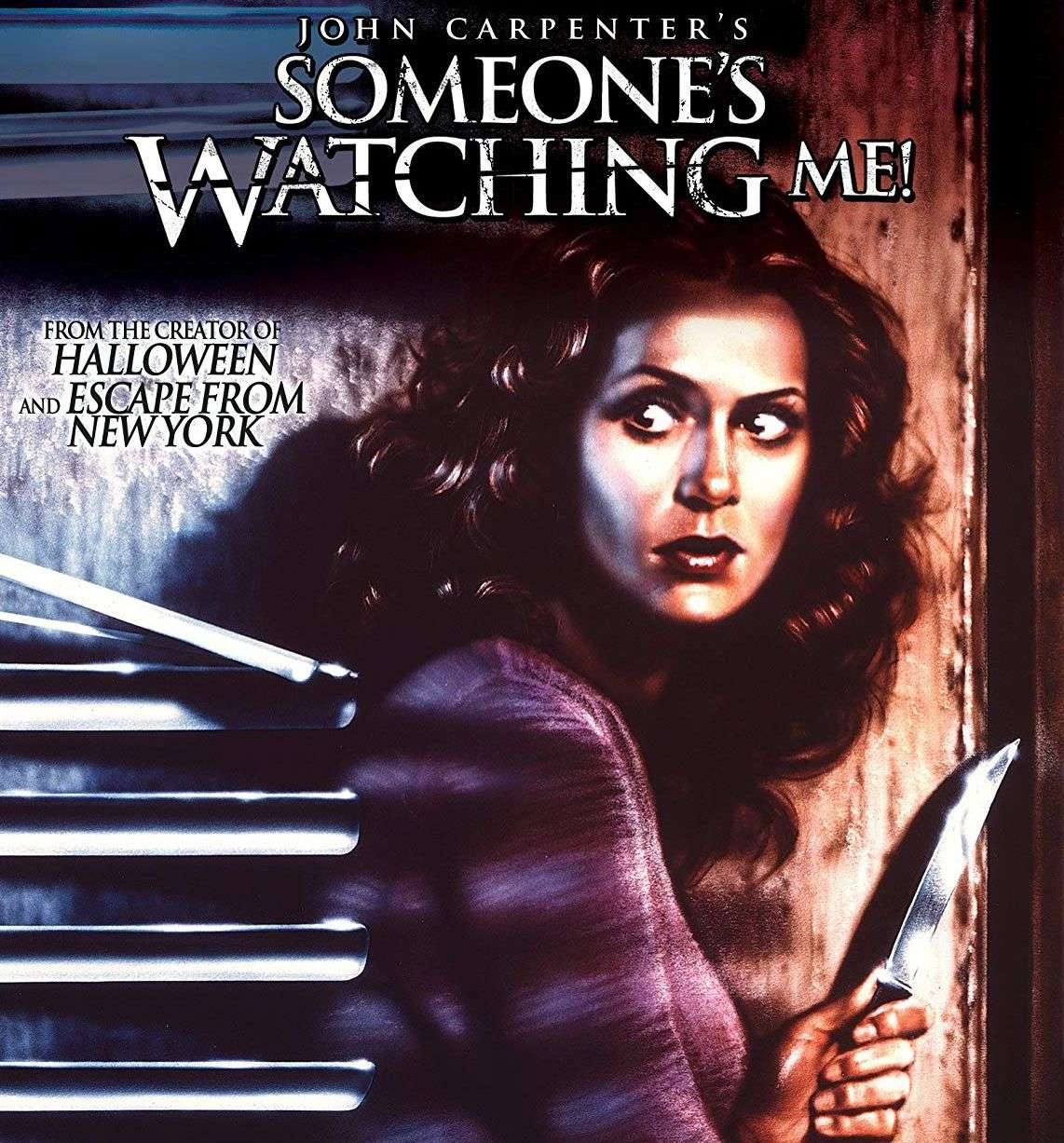
A man monitoring her from the adjacent tower block progressively stalks a lady named Leigh to the point of lunacy. She reports him to the cops, but they do nothing because no threats have been made. She quickly takes matters into her own hands, enlisting the help of her friend Sophie and boyfriend Paul to combat the nasty voyeur.
An out of the world television film is a masterpiece by John Carpenter. Although some viewers complain about it being a slow burn, it showcases a gradual build-up to a thrillingly terrifying finale, which is nothing short of brilliant.
John Carpenter orchestrated it during the early years of his career at the peak of his creativity. It has breathtaking cinematography, including intelligent points of view that might remind one of Dario Argento, while its chilling atmosphere and edge of the seat story reeks of Alfred Hitchcock. Carpenter has admitted to having been inspired by both for this outstanding piece of work. His flawless direction style and execution keep viewers glued to their screen.
With its gliding shots, shadow detail, composition, and mise-en-scene, it also demonstrates exceptional camerawork. Its TV movie limpness comes in at times, but the production is done quite professionally and with a high value overall. Lauren Hutton is a fantastic protagonist, and her performance gives the film an edge that audiences adore, making it a must-see.
Séance (2001) by Kiyoshi Kurosawa
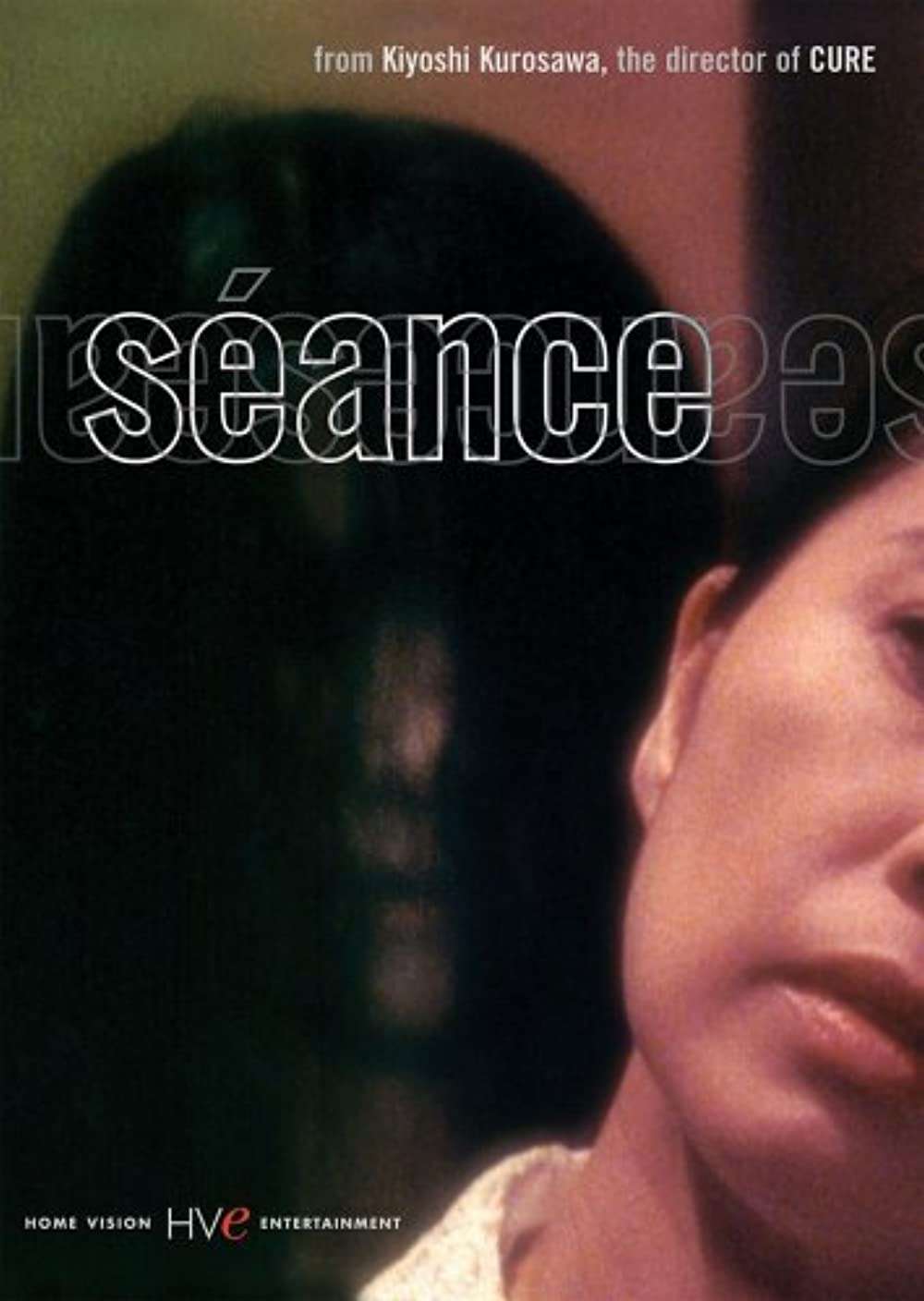
Junko, a psychic housewife, and her husband Koji are responsible for an abducted girl who manages to flee her assailant. For selfish reasons, Junko prevents her husband from calling the cops or the hospital. This, however, does not augur well for the pair, as the young girl dies tragically early and her soul continues to torment them.
It is an outstanding horror film in which Kiyoshi Kurosawa meticulously unravels its gripping nature. Although it might appear bleak at first, it is masterfully shot nonetheless. Its plot is not a straightforward ghost story with a series of struggles and resolutions.
Kurosawa remade this film based on Bryan Forbes’ 1964 classic; however, he adds his unique happenstance elements and random cruelty. He also uses interesting theatrical elements in it, such as rain and lightning, the acceptable and expected doom’s warnings.
Above all, it is a film of complete and unsettling silence. Kurosawa plays on Shinto folklore by incorporating the ghost, who is a transmutation of remorse, bad karma, and an aesthetic object of fear.
The film draws a thin line of morality amid a dark setting by doing so. Great performances are given by Koji Yakusho and Jun Fubuki. Eventually, spectators realise that the film’s true dread is not the otherworldly aspect, but rather the protagonists’ insidious psychological disease.
Invitation to Hell (1984) by Wes Craven

Matt Winslow, an engineer, and his family relocate to a new hamlet in Southern California. Jessica Jones, a local insurance agent and director of the Steaming Springs Country Club, is shortly introduced to them.
Matt becomes suspicious when everyone he encounters appears to be a member of the club and forces him to do the same. When he decides to go deeper into this club, he discovers a horrifying truth.
It is an incredible supernatural horror film created by Wes Craven, starring Robert Ulrich, Joanna Cassidy, and Susan Lucci. Even though it was limited to a television release, it is incredibly entertaining and portrays minimal sex and bloodshed.
It contains a series of bizarre events accompanied by goofy plot revelations. It has a set of memorable dialogues and a great cast. Robert Ulrich and Joanna Cassidy sway the audience with their extraordinary performance and likable characters while Susan Lucci plays a bitchy, over the top femme fatale.
It incorporates a typical 80s synthesizer-heavy soundtrack and an eerie vibe that lingers throughout the film. With a cameo by cult favourite Michael Berryman, this picture exceeds all viewers’ expectations, despite the fact that it is a low-budget TV movie.
Furthermore, it sends a symbolic message to huge organisations who sell their souls in order to advance in their careers and receive a significant pay. Even though it is considered one of Wes Craven’s weirdest films, it is a wonderful gem that everyone should see.
I’m Dangerous Tonight (1990) by Tobe Hooper
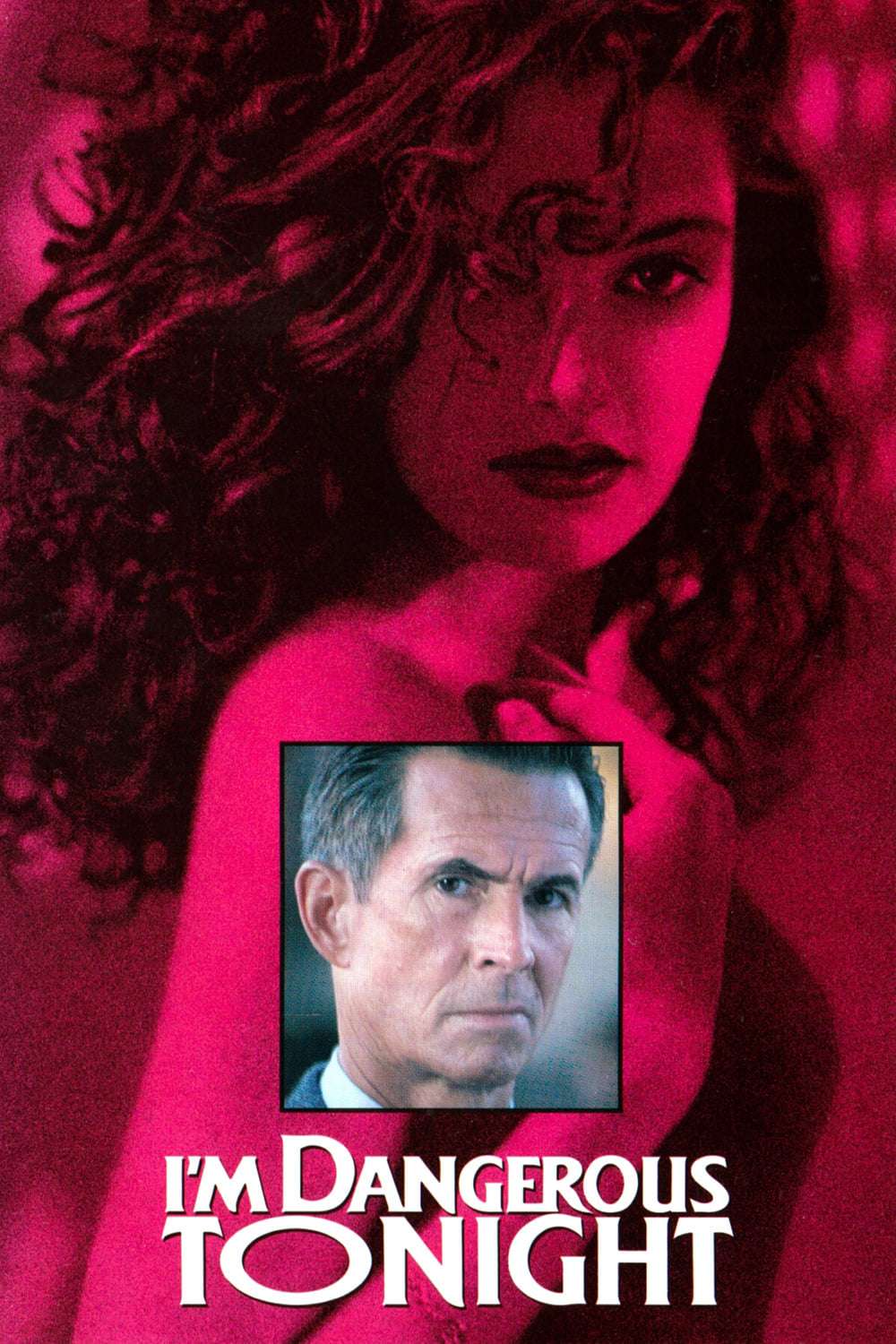
Amy, a young college student, finds herself in possession of a cursed Aztec ceremonial garment. She decides to build a garment out of the fabric. When she builds and wears the outfit, it has dreadful unintended effects.
This television movie directed by Tobe Hooper is a thrilling, violent, and sexually charged horror film. While some viewers might mistake the plot to be bland and one dimensional, they discover early that this is not true.
With the premise of role reversal, Hooper gave this film his own unique spin, adding kinky overtones to the tale. Classy performances are given by Madchen Amick and Corey Parker, with Dee Wallace and Anthony Perkins in supporting roles.
The imagery in this R-rated film is stunning, and the screenplay is intriguing. It compensates for its lack of characterization with its spooky, tense vibe and excellent entertainment value. With a stereotyped cast of characters, the plot has a Cinderella-like feel to it.
Hooper’s artistic work is praised because he skillfully balances spooky violence with sensual seduction. It crafts a dangerous, ominous atmosphere that is established from high-quality imagination.
Toolbox Murders (2004) by Tobe Hooper
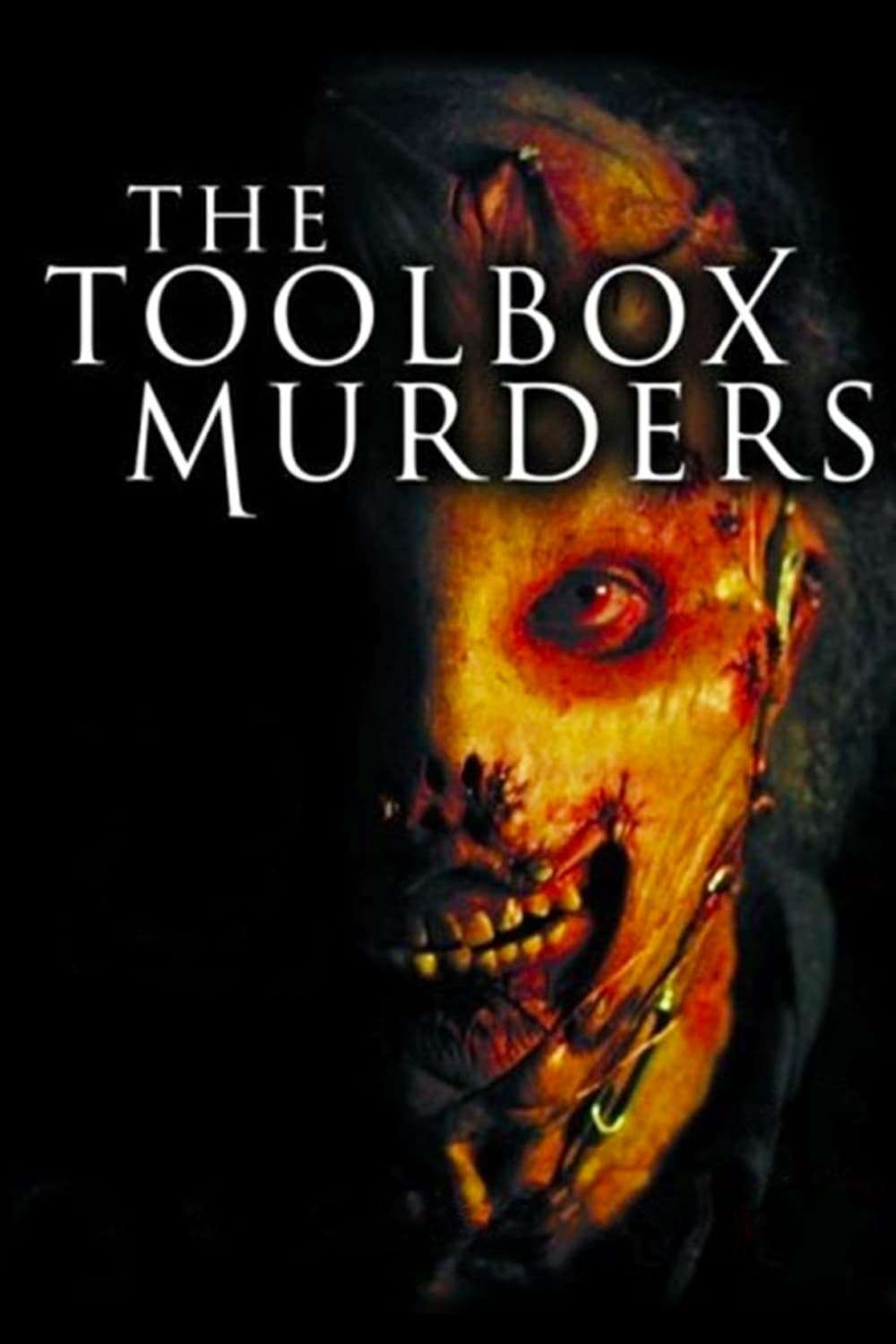
Nell, a young teacher, and her husband relocate to the Lusman Arms, an ancient building in Hollywood, California. Many residents have vanished throughout the years, giving the building a decadent reputation.
While her husband is at work in the hospital, Nell is alone. Julia Cunningham, her next-door neighbour, quickly becomes a close friend. When Julia fails to show up for their hike, Nell grows concerned. She searches the building for her and is astounded by what she finds.
Tobe Hooper incorporates his unique spin accompanied by a handful of original twists in this horror movie. It contains a set of out-of-the-ordinary yet realistic characters. It has a theme of descent-to-hell that makes it more than just a horror slasher. It also contributes an occult element to it.
The greatest aspect of its storyline is that it highlights the connection between the enigmatic tale of Jack Parsons, an occultist Crowley devotee, and the founder of the Jet Propulsion Lab. Even though odd, some of the characters are incredibly dynamic in this film, including the murderer.
It is filled with mystery and thrill, keeping viewers at the edge of their seats. It’s nasty and gruesome in an Argento-esque sense, and it’s full of magic, mystery, and evil. The film contains some terrifying imagery that are built on a fantastic narrative.
With a fantastic, atmospheric composition by Joseph Conlan that strikes all the right notes, it stimulates a wide range of imagination. Overall, this film has a lot to offer and represents Tobe Hooper’s triumphant return.
The Pit and the Pendulum (1991) by Stuart Gordon
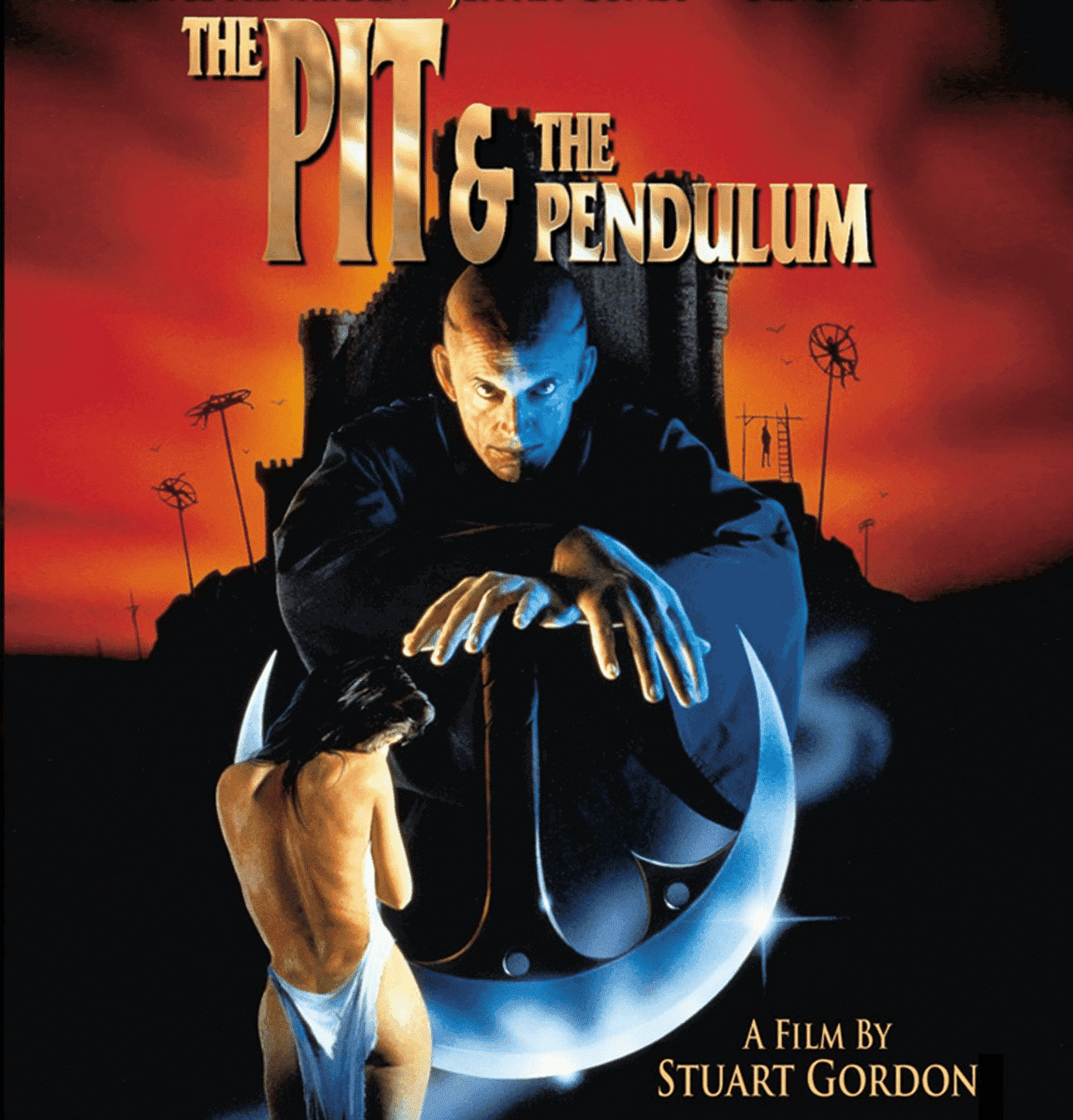
Maria does not approve of the Auto de Fe, which is set in 1492 in Toledo, Spain, during the Spanish Inquisition. She gets arrested and accused of being a witch when she raises her voice against it. The Grand Inquisitor orders her to be tortured by a monk named Torquemada.
Stuart Gordon surprised many with this 1990s cult classic. Lance Henrikson delivers an outstanding performance as the tyrannical monk Torquemada and Rona de Ricci plays a great Maria.
Francis Bay, Jeffrey Combs, and even Oliver Reed in his cameo, all play brilliant roles. It is a rare gem that gets better with every viewing and contains a spine-chilling opening sequence, instantly making viewers engrossed. With a handful of twists and fantastic costumes, this movie is a criminally underrated gem that deserves recognition.
Each character has a lot of depth, and it’s done with a touch of fantasy. It has a gothic undertone, which is unsurprising given that it is based on Poe’s work. The film’s dialogue delivery is excellent, and several comical bits add light relief to the otherwise dark and ominous atmosphere.
Overall, this film is a strong 90 minutes of engrossing entertainment, with good photography and a realistic depiction of gruesome torture sequences.
Bug (2006) by William Friedkin
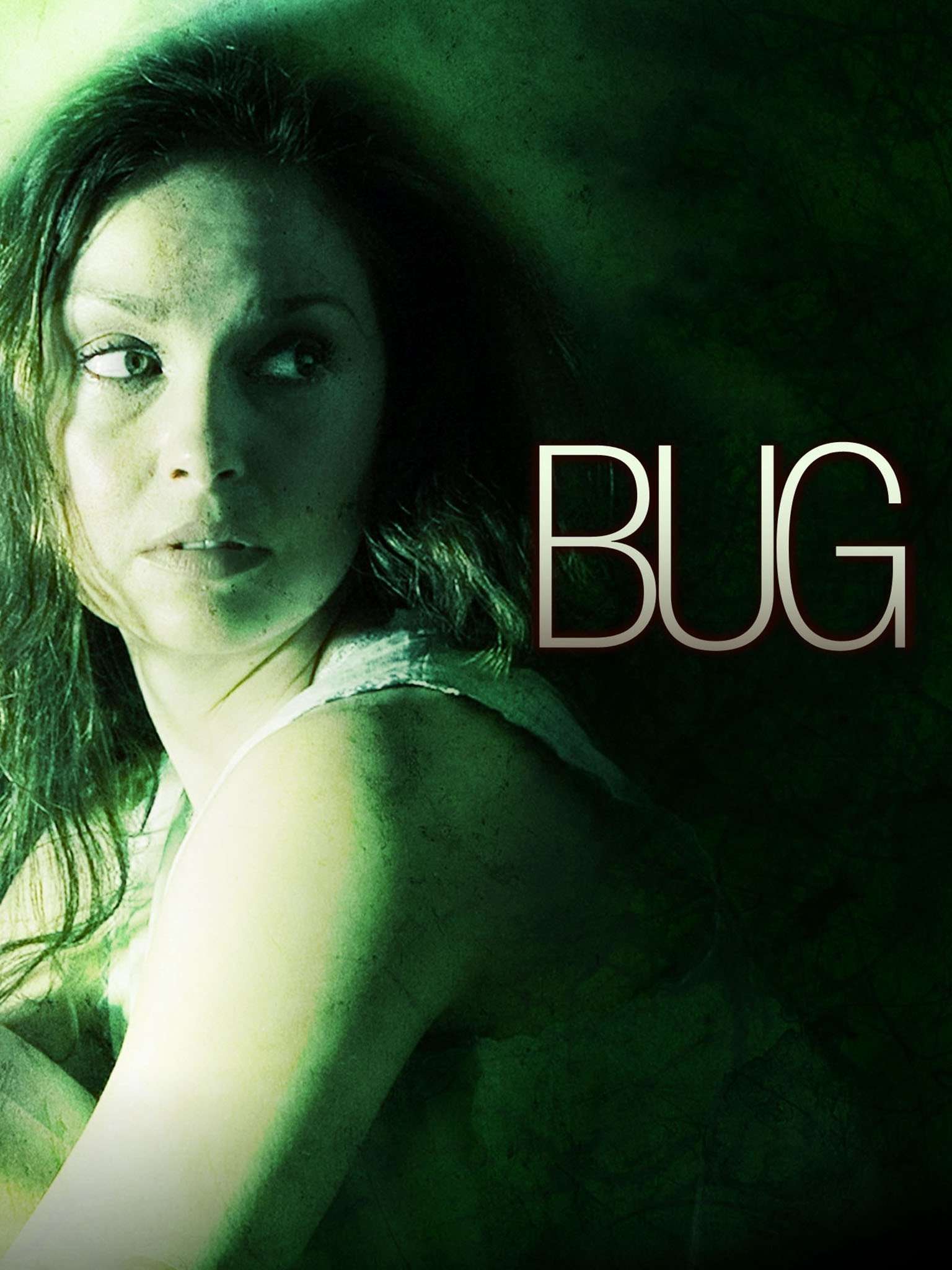
Agnes, a lonely waitress with a tragic past, checks into a dirty, run-down motel after fleeing her abusive ex-husband. Peter, a strange, paranoid vagabond, is introduced to her by a coworker, and the two begin an unconventional romance. Things, however, quickly deteriorate, and Agnes is about to face a claustrophobic nightmare reality.
William Friedkin directed a disturbing psychological thriller with brilliant performances by the cast. Ashley Judd and Michael Shannon blow viewers away with their characters. The film contains an intense storyline, with each one portraying immense depth.
It has such a creepy mood that some viewers have compared it to David Cronenberg or early Roman Polanski. It has passionate monologues interspersed with scenes of self-inflicted agony and plays on the psychological characteristics of the individuals.
The film depicts mental diseases in their most realistic manifestations and how to deal with them effectively. Overall, if viewers can absorb the brilliance and finesse of its creepy, unsettling plot, they are in for a wild, outstanding, and grossly underrated movie.
